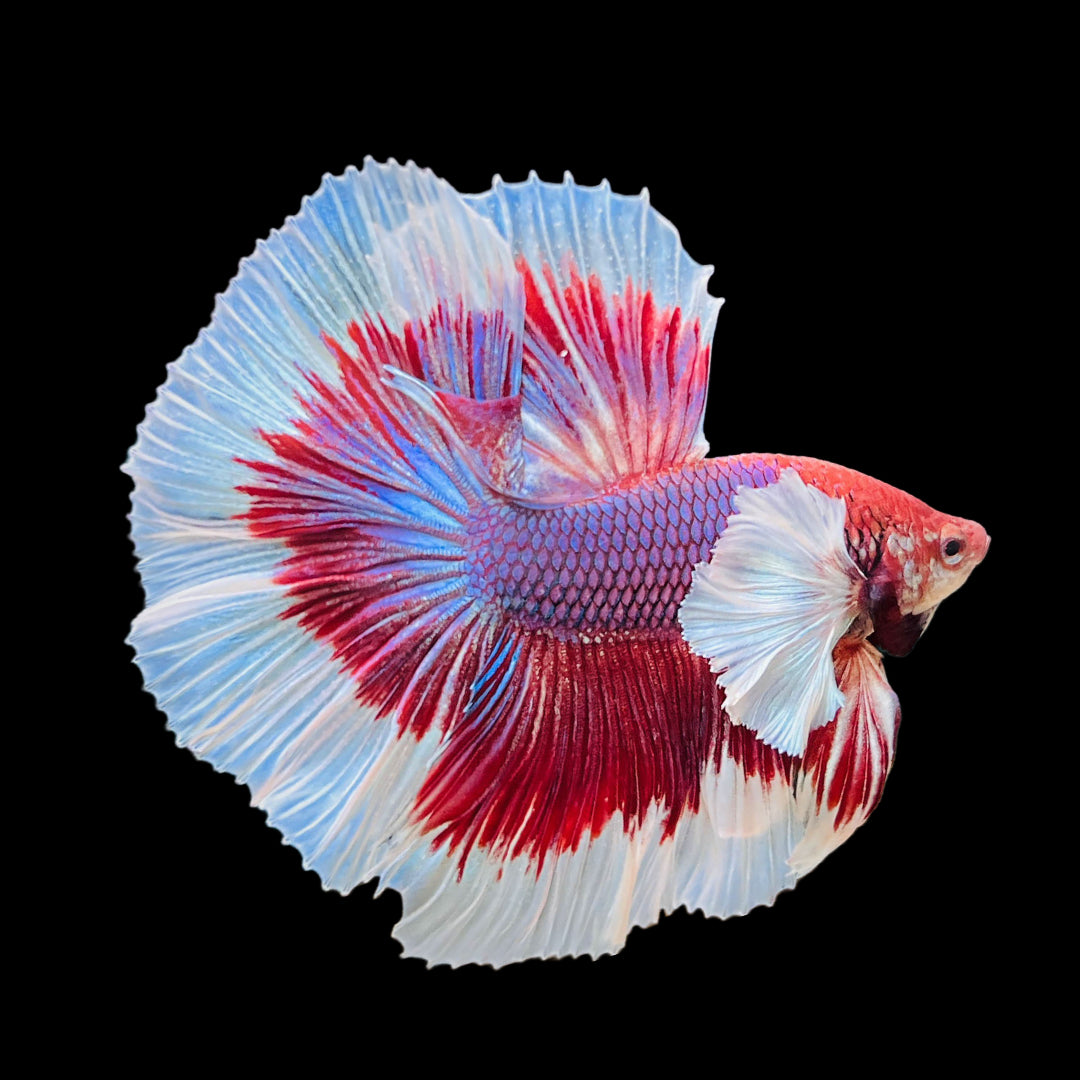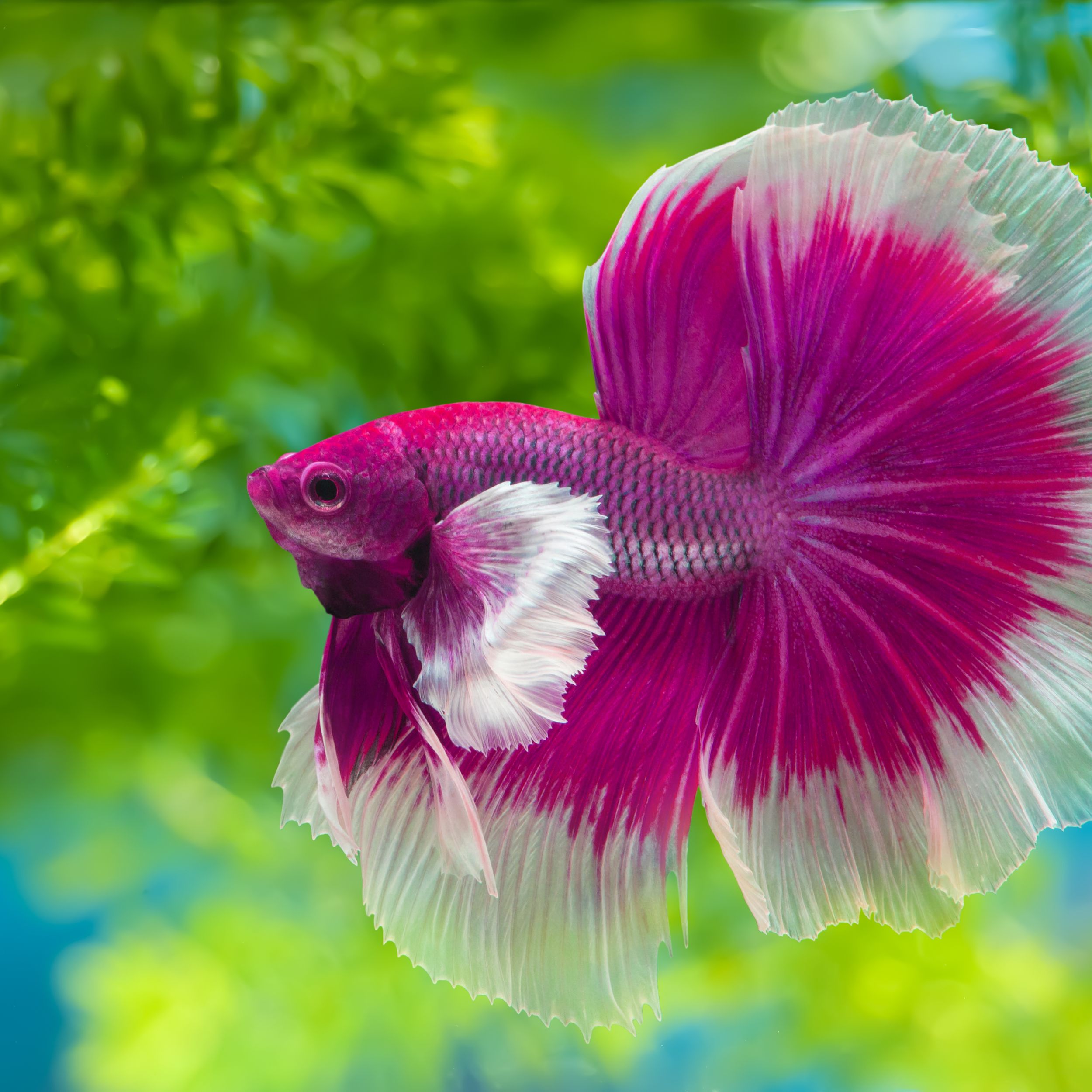Betta Fish Diet: What to Feed Your Betta for Optimal Health And Wellness
Betta Fish Diet: What to Feed Your Betta for Optimal Health And Wellness
Blog Article
How to Reproduce Betta Fish Effectively: Expert Techniques and Insights for Hobbyists Wanting To Expand Their Betta Collection
Reproducing Betta fish calls for a nuanced understanding of genetics and environmental problems, making it vital for hobbyists to come close to the process with both diligence and treatment. Creating an optimal reproduction environment, choosing the ideal sets, and observing the intricacies of their courtship habits are fundamental steps that can considerably impact the outcome. The subsequent treatment of the fry is important for ensuring their healthy and balanced development. As we check out these vital elements, it comes to be clear that successful breeding is not simply about the preliminary pairing yet encompasses a more comprehensive technique that values careful consideration.
Comprehending Betta Fish Genetics
Comprehending the genes of Betta fish is critical for successful breeding, as it influences characteristics such as color, fin shape, and habits. Betta fish display a varied variety of shades and patterns, greatly established by their hereditary make-up. The key genetics in charge of pigmentation consist of the "B" genetics for blue, "D" genetics for red, and the "C" genetics for shade strength. Breeders can control these qualities by choosing particular parent fish that exhibit wanted characteristics.
Along with coloration, fin morphology is an additional substantial element of Betta genetics (betta fish). The sizes and shape of fins are influenced by various genetics, consisting of those that determine whether the fins are brief, long, or veil-shaped. Recognizing these genetic variations aids breeders predict the phenotypic end results of their children
Furthermore, behavioral attributes such as aggressiveness and territoriality can also be affected by genetics. These behaviors play an essential function in the breeding process, as they can influence spawning success and the total personality of the resulting fry. By thoroughly understanding these hereditary principles, dog breeders can make educated decisions, inevitably improving their reproduction programs and accomplishing desirable results.
Preparing the Reproduction Environment
Developing an ideal breeding setting is important for the effective reproduction of Betta fish. The initial step in preparing this setting is to select an ideal breeding tank, preferably ranging from 5 to 10 gallons. This dimension permits adequate swimming space and the establishment of regions. The tank must be equipped with a heating system to maintain a steady temperature between 78 ° F and 80 ° F, which is crucial for motivating generating behavior.
Following, take into consideration the use of a sponge filter or an air stone to supply mild water circulation without creating strong currents that can emphasize the fish. It is important to install plants or breeding cones to use concealing places and advertise comfort for the female during the spawning process. Floating plants, such as Java moss or water sprite, can likewise produce an extra native environment while helping with bubble nest building by the male.
Before introducing the breeding pairs, guarantee the water is conditioned and complimentary from unsafe Learn More chemicals, such as chlorine or hefty metals. betta fish. Routine water modifications must be performed to keep optimum water top quality, boosting the opportunities of effective reproduction. With these preparations in position, the breeding environment will sustain the wellness and wellness of both Betta fish
Choosing Breeding Pairs
Picking the ideal breeding sets is vital for accomplishing successful Betta fish recreation. Healthy Betta fish show dynamic colors, clear eyes, and energetic behavior.
Personality is one more important factor to consider, as Betta fish are known for their hostile nature. It is a good idea to select a man and female that show compatible temperaments to lessen tension during the reproducing process. A tranquil male can urge a smoother courtship, while a woman that is too hostile may disrupt the procedure.
Genetic background additionally plays a considerable role in the top quality of the offspring. Reproducing fish that are genetically diverse can lower the risk of genetic health concerns and enhance the general vitality of the fry. It is helpful to investigate the family tree of both the male and lady, concentrating on preferable characteristics such as fin kind, color scheme, and dimension.
The Reproduction Process
The reproduction process of Betta fish calls for careful preparation and attention to information to make sure a successful result. Originally, it is important to prepare an ideal breeding storage tank, preferably a 5-10 gallon aquarium with a temperature level maintained at 78-80 ° F. The tank should be furnished with a heating system, filter (preferably sponge type to prevent solid currents), and a lot of water plants for the lady to conceal.
Once the environment is established, present the selected breeding pair to the storage tank, permitting them to acclimate. Observe their behavior; the male will certainly present elaborate courtship rituals, including flaring his fins and building a bubble nest. If the female shows passion, she will certainly present upright red stripes indicating preparedness for spawning.
When the lady is responsive, the pair will involve in a mating embrace, throughout which the male fertilizes the eggs. Maintaining optimum water problems during this duration is vital for the development of healthy and balanced Betta fry.
Taking Care Of Betta Fry

Feeding Betta fry is crucial, as they require a diet plan high in healthy protein. They can be fed infusoria or liquid fry food, transitioning to finely smashed high-grade pellets as they grow. Feed small parts several times a day to motivate healthy and balanced development without straining the tank with uneaten food.

As they develop, monitor their development closely and divide any hostile individuals to stop damage. By providing a supporting environment and correct nutrition, enthusiasts can effectively elevate Betta fry into vibrant, healthy and balanced fish, ultimately improving their breeding ventures.
Verdict
Effective Betta fish reproduction needs meticulous interest to hereditary selection, ecological problems, and look after the fry. By understanding the genetics of Betta fish and preparing an ideal breeding atmosphere, enthusiasts can enhance the possibilities of generating dynamic, healthy and balanced spawn. Selecting suitable reproduction pairs and carefully monitoring the courtship and spawning procedures are essential. Lastly, giving optimal treatment for the fry guarantees their healthy advancement, adding to a thriving Betta collection.
Report this page